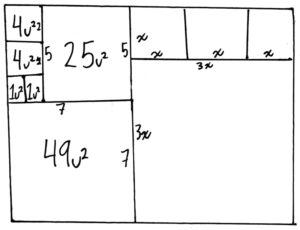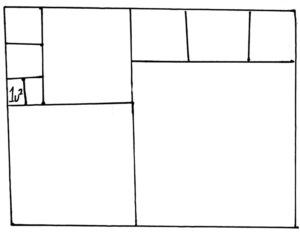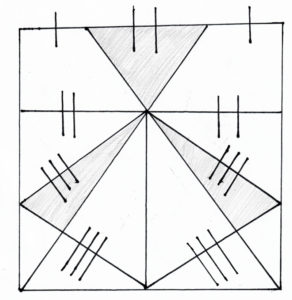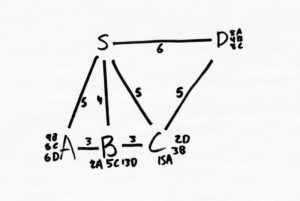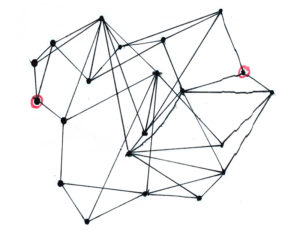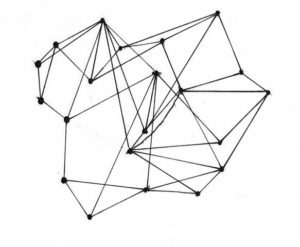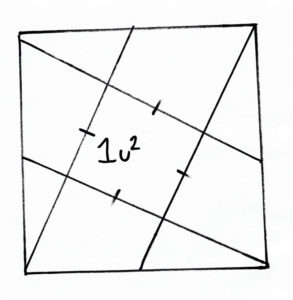
You will need to understand algebra and angle theorems to do today’s challenge.
With today’s challenge, we’ll be trying to find the area of a square! All outer regions of this square have equal area, and the inner region, a square itself, has side length 1. Can you find the area of the big square? Good luck!

